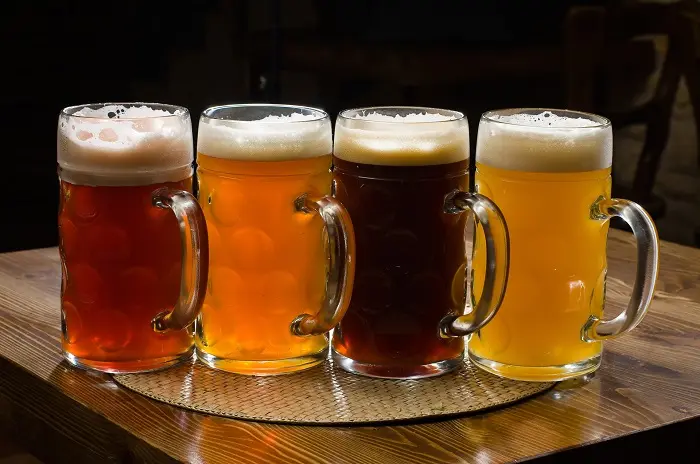A foundational recipe for a barrel-aging stout has become a testbed for innovation among craft brewers, offering flexibility in grain selection and specialty ingredients while maintaining consistency in quality and approach. Used primarily for aging in bourbon or rye whiskey barrels, this stout base is designed for experimentation, allowing brewers to tweak malts, adjuncts, and sugars according to the desired final profile.
Typically, the base malt used is a straightforward, cost-effective two-row, providing a neutral canvas upon which more expressive ingredients can build. From there, brewers adjust the grain bill with specialty and roast malts, as well as adjuncts, to push flavor complexity without compromising performance in the mash tun—a constraint for many smaller breweries.
Oat malt is a regular feature in this stout’s grist due to its contribution to lautering efficiency and its husk content. It also imparts a silky mouthfeel to the finished beer. Other adjuncts, such as flaked oats, rye, and wheat, are frequently rotated in. When rye is included, brewers often double down on the theme, incorporating rye malt, flaked rye, and even chocolate rye to create a bold, cohesive flavor narrative.
Among specialty malts, pale chocolate, Simpsons Double Roasted Crystal (DRC), and medium crystal malts are staples in the mash, prized for their depth and character. Depending on the desired outcome, darker crystal malts like Special B can bring out raisin or dark fruit notes, while simpler blends of crystal 60, 80, and 120 offer a more classic malty flavor.
Roasted malts such as black patent, Carafa, and traditional roasted barley provide color and roasted depth, allowing brewers to fine-tune the stout’s intensity.
Water chemistry is also key. The use of calcium carbonate is recommended to manage pH levels affected by the acidity of dark malts. This addition not only aids in mash stability but also balances any acrid notes in the final beer.
Given the limitations of mash tun capacity and brewhouse efficiency, fermentable sugars are often added to boost gravity without requiring extended boil times. Brewers commonly use a mix of brewer’s crystals, maltodextrin, cane sugar, and liquid malt extract. Each sugar type contributes its own fermentation profile, so selection is tailored to the brewer’s goals.
Recipe Overview: Magnanimous Base Stout for Barrel Aging
Batch Size: 5 gallons (19 liters)
Original Gravity: 36°P (1.159)
Final Gravity: 16°P (1.065)
ABV: 12.2%
IBUs: 40
Brewhouse Efficiency: 72%
Grain Bill:
- 11.6 lb (5.3 kg) pale two-row
- 4.4 lb (2 kg) oat malt
- 1.5 lb (680 g) each Simpsons DRC and medium crystal
- 10.5 oz (298 g) each of chocolate malt, pale chocolate, roasted barley, and Weyermann Carafa Special II
Boil Additions:
- 4.1 lb (1.9 kg) pale liquid malt extract (start of boil)
- 2.8 lb (1.3 kg) brewer’s crystals (start of boil)
- 1.8 oz (51 g) Columbus hops at 60 minutes (40 IBUs)
Yeast:
- Fermentis SafAle US-05 or another Chico strain
Method
Mash the grains at 152°F (67°C) for 60 minutes. Begin recirculation and runoff as soon as possible to prevent mash compression and maintain clarity. Minimize sparging and top up to approximately 6 gallons (23 liters) of wort. Boil for 60 to 180 minutes, adding sugars and hops as scheduled. After boiling, cool to 68°F (20°C), aerate, and pitch a large, healthy yeast starter. Ferment at 72°F (22°C) until halfway attenuated (around 1.110 SG), then raise the temperature to 75°F (24°C) to finish fermentation.
After primary fermentation, the beer is transferred to bourbon or rye whiskey barrels—or alternatively to fermentors with whiskey-soaked oak cubes—for aging, typically lasting one to three years.
Brewer’s Notes
Mash efficiency and color can be influenced by early recirculation and runoff timing. The hop bill is largely utilitarian; any available bittering variety can be used to meet the IBU target without overpowering the stout’s malt-forward character.
This flexible base recipe has become a cornerstone for brewers looking to build complex, barrel-aged stouts, offering both consistency and room for creativity in each batch.
You Might Be Interested In:


